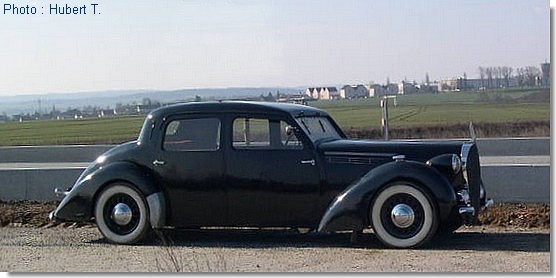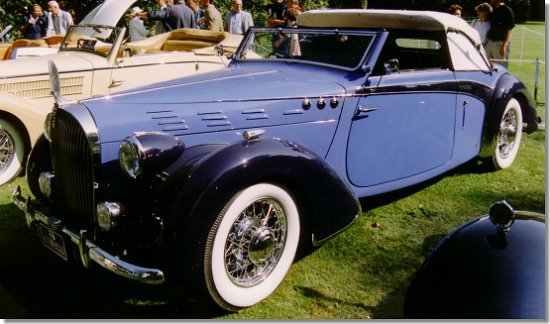C30-C30 S (1937-1938)
|
|
|
C30-C30 S (1937-1938)
|
| Launched in the company's twilight years, the C30 is often seen as not a 'proper' Voisin, mainly because of being equipped with (shock horror!) an American engine. | |
 |
|
|
The truth is, however, every other element of the C30 was personally designed by Gabriel Voisin. Its advanced platform chassis was heavily flocked for acoustic insulation and bore a sober body with well-centred weight distribution and no superfluous decoration.
|
|
|
The engine
of course was a different matter altogether. Sleeve valve engines are notoriously expensive to manufacture, and the factory was virtually bankrupt yet again. A 3,560 cc Graham flathead
six was therefore decided upon, which at least shared some of the smoothness, flexibility and mechanical silence for which Voisin engines were renowned. Somewhat underpowered
for a car of its weight, the normally aspirated unit was later available with a centrifugal supercharger
which raised the output to 110 bhp (as opposed to 80 for the standard
car).
|
|
 |
|
| Two body styles were offered on the C30 chassis: the Frégate factory-bodied saloon and a more fashionable 4-seater Goelette cabriolet built by Dubos. Sales, however, were disappointing, with only 60 C30s built. | |
|
|